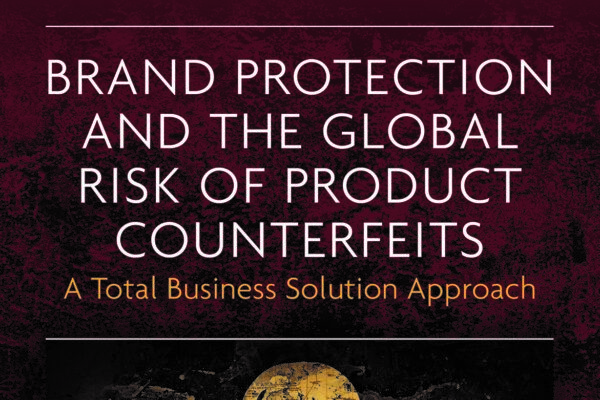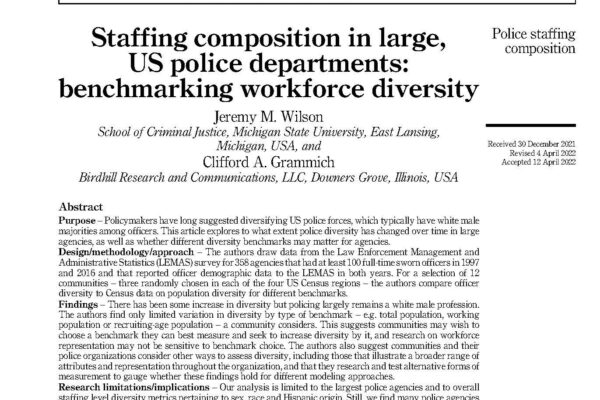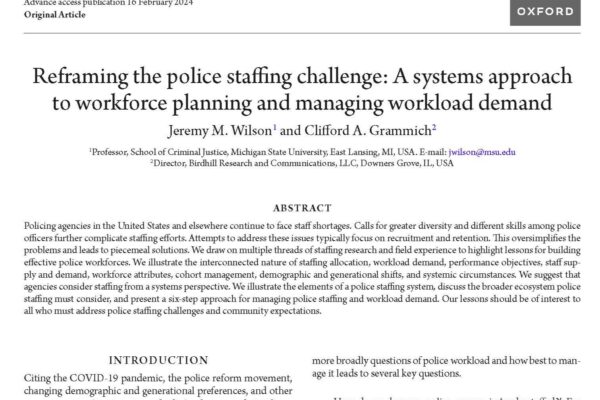An Empirical Examination of Product Counterfeiting Crime Impacting the U.S. Military. Trends in Organized Crime, Vol. 20 (3-4): 316-337, 2017.
Counterfeit parts in the U.S. Department of Defense (DOD) supply chain threaten national security by compromising critical military operations and placing the lives of military service members at risk. With the goal of illustrating the nature of the risk as it relates to types of counterfeit parts, how they entered the supply chain, and were identified and processed through the criminal justice system, we assemble and analyze open-source information on criminal schemes involving counterfeits in the DOD supply chain. Read…






